Help with Peace Lily
ldp1959
9 years ago
Related Stories

DECLUTTERINGDownsizing Help: How to Edit Your Belongings
Learn what to take and what to toss if you're moving to a smaller home
Full Story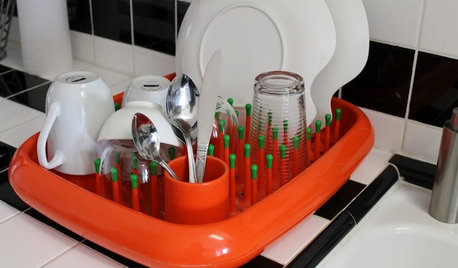
LIFE13 Ways to Keep the Peace With Roommates
A few ground rules will help you sidestep conflicts over dirty dishes, laundry, decorating, groceries and more
Full Story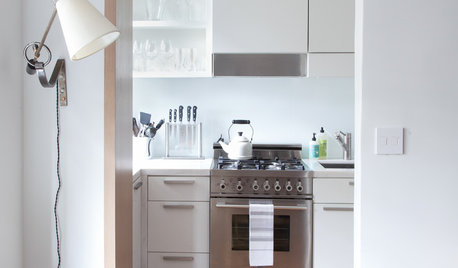
KITCHEN DESIGNKitchen of the Week: A Separate Peace for a Manhattan Studio
Savvy design tricks help a petite urban kitchen look not just separate, but visually distinct
Full Story
HOUZZ TOURSMy Houzz: Peacefulness and Pugs in Tampa
Soothing colors and cushy furniture make for a comfy-cozy apartment for a shop owner and her pets
Full Story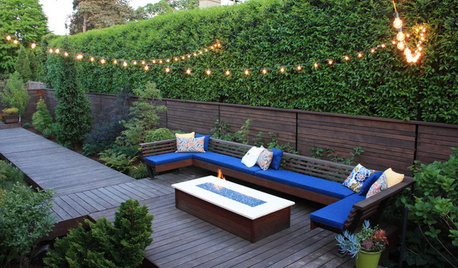
LANDSCAPE DESIGNDesign Your Landscape for Peace and Quiet
Block unwanted noise with plantings, barriers and water features for a more soothing outdoor experience
Full Story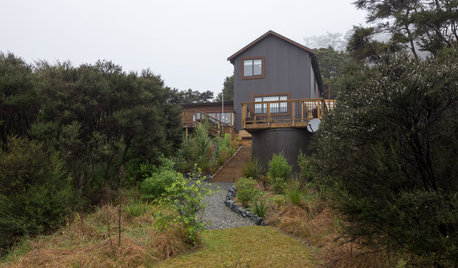
HOMES AROUND THE WORLDMy Houzz: A Peaceful Retreat Perched in the Wilderness
A couple of chocolatiers find a secluded sanctuary in New Zealand to build the home of their dreams
Full Story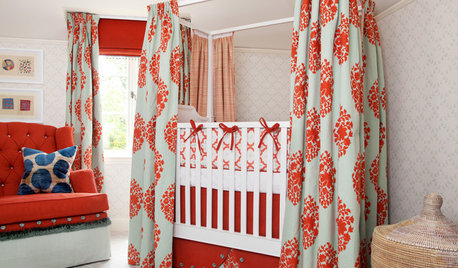
KIDS’ SPACES8 Tips for Peaceful Bedroom Sharing With Baby
Enjoy better sleep, neatness and enough space for everyone’s things with these shared-room strategies
Full Story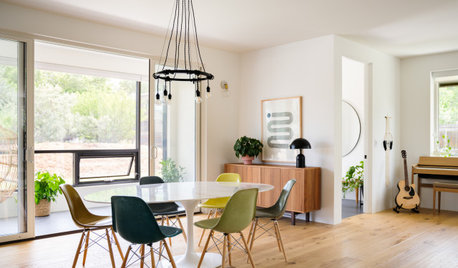
FEEL-GOOD HOME10 Tips for a More Peaceful Home
Turn your everyday living space into a serene retreat by clearing visual distractions, softening your lighting and more
Full Story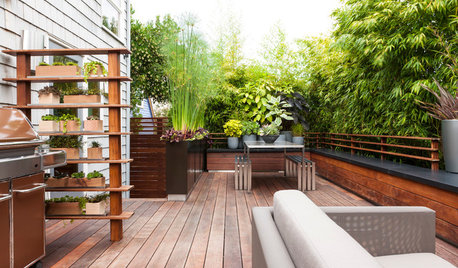
BACKYARD IDEASTake a Peek: A Peaceful Backyard Near Puget Sound
Behind a screen of bamboo trees, discover a peaceful garden retreat in the Pacific Northwest
Full Story
BEDROOMS8 Steps to a Greener, More Peaceful Bedroom
Clear away clutter, clean the air and make over your bedding for an oasis that radiates calm and well-being
Full StoryMore Discussions









dbarron
tropicbreezent
ldp1959Original Author
dellis326 (Danny)